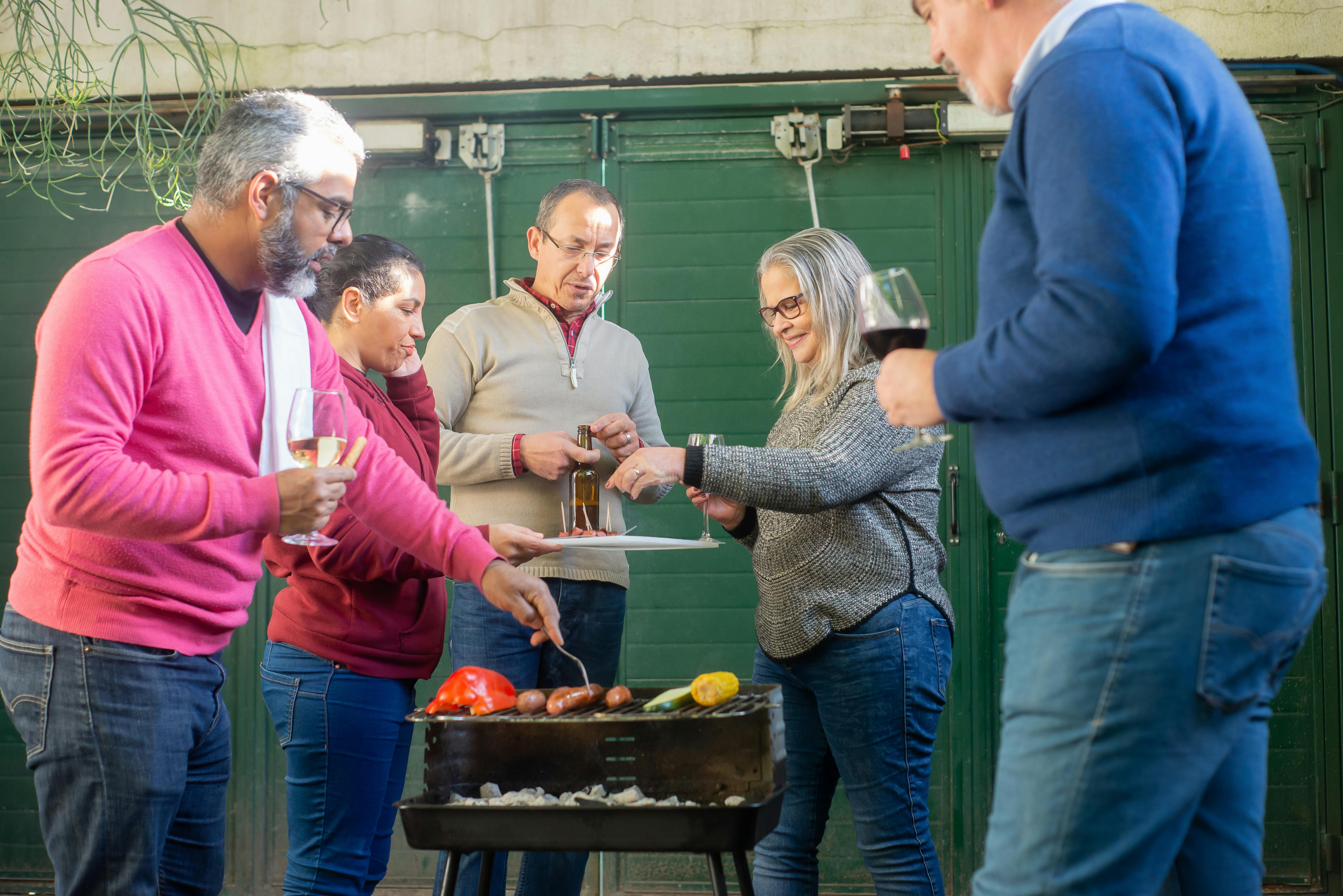
The golden ratio in digital photography
The rule of thirds is a widely accepted aesthetic principle that is one of the oldest rules in photography. It basically says that you will get a much more aesthetically pleasing image if you place the subject of your photo one third of the way up the frame instead of in the center of the frame. This is a simplified form of the principle of the Golden Ratio or Golden Ratio. But what is the Golden Ratio or the Golden Ratio? If line A is divided into two sections, one larger than the other (B and C), the golden ratio is obtained where A/B = B/C, which is 1.6180339887…
In photography we speak of a Golden Rectangle, in which the proportion of the longest side to the shortest turns out to be the golden ratio. In the 12th century, Fibonacci produced a series of numbers by adding pairs of numbers: 0, 1, 1, 2, 3, 5, 8, 13, 21, 34, 55, 89, 144, etc. (each number is created by adding the two previous numbers). It turns out that the ratio between each pair of successive numbers gets closer and closer to the Golden Ratio. If you start by dividing a golden rectangle by the golden ratio (represented by the Greek letter PHI), you can continue to subdivide it infinitely, and joining the corners of successive rectangles produces a logarithmic golden spiral that exactly matches the growth of the sea Nautilus. shell. A photograph whose composition follows this idea appears to be visually harmonious.
Ideally, you should start with a “canvas” that is a golden rectangle; this is often impractical because these rectangles are too wide (or tall) for many shots. However, if you roughly duplicate the path of the Golden Spiral in your photos, you’ll increase your chances of getting attractive results.
Using the golden ratio forms a flowing line for the eye to follow through the image, where the rule of thirds is more static. Your viewer’s gaze will be invited along the line of the spiral, creating a more symmetrical visual flow and compelling experience. You want to place the subject (or focal point) of your photograph at the steepest end of the spiral, and the other elements of the image should roughly follow the path of the spiral. The Golden Spiral can be rotated in the frame or transposed from top to bottom so you can create more variety when composing images.
This idea is best suited for landscape photography where the lines are long and dramatic, but it can also be effective in close-ups and portraits. Once you understand the basic shape of the Golden Spiral, this idea becomes intuitive and therefore easy to apply. You don’t need difficult math to produce a compelling image.
Shooting with the Golden Spiral is a more fluid and visually compelling way to structure your photos than the more static Rule of Thirds. With practice, this method becomes intuitive. It will create a more symmetrical visual flow, especially in landscape photography. Have fun experimenting with it!